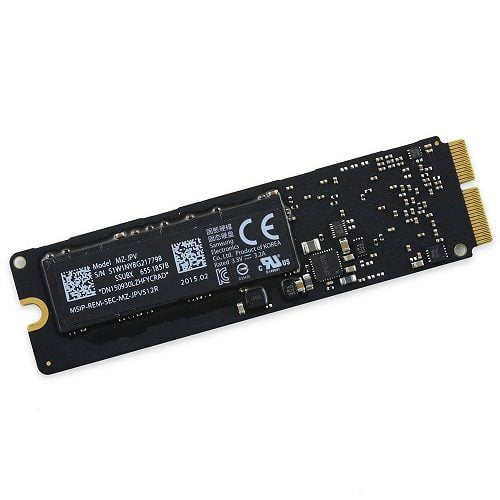
There are many different solid-state drives (SSDs) on the market, but some of them differ considerably in speed and durability. Option 2: Reinstall OS X and restore the backupĬompatible SSDs – Mac mini (2014 – 2017).It is only important to take your time for the installation and to proceed carefully. However, screwdrivers are now available everywhere and thanks to detailed video instructions, the conversion can be carried out by anyone who does not have two left hands.

Unfortunately, Apple has left no room for a second 2.5-inch drive in Mac mini (built in 2014) and protects the contents with TR security screws with a security pin. Therefore, data can be accessed almost without delay. In contrast to a conventional hard disk, an SSD (solid-state drive) does not have magnetic disks with a mechanical read head, but stores the data on chips. If you have a current Mac mini without Fusion Drive, at home, the lame hard drive should be replaced by an SSD. The Mac mini motherboard only supports a PCIe 2.0 x2 interface, but does support an upgrade to NVMe SSDs, but like the 21.5″ iMac, the speed increase is a modest 10-15% due to the two channel PCIe bottleneck.Apple has been using slow hard drives in Mac mini for years, so replacing them with an SSD is very worthwhile. If the Mac mini wasn’t originally configured with a Fusion Drive or standalone SSD from the factory, the flex cable will need to be purchased in order to add an SSD afterwards. The connector is present on the board regardless of which storage configuration was initially ordered, so it’s possible to add a PCIe SSD to all Late 2014 Mac minis. This was the first and last time Apple used this smaller connector for PCIe connections in any of their product lines.


The flex cable has the 12+16 pin female connector on one side and a female 40 pin mezzanine connector which attaches to the 40 pin male connector on the motherboard. Rather than a 12+16 pin PCIe connector on the logic board where the SSD would connect directly, the Mac mini positioned the SSD on the rear of the plastic hard drive carrier, off to the side of the board, and required a flex cable to connect the SSD. Late 2014 was the first Mac mini to support Apple’s blade solid state drives, but it’s extremely limited internal space required a unique solution in order to connect the drive to the logic board. I'd think what you want cost being the regulator.


 0 kommentar(er)
0 kommentar(er)
